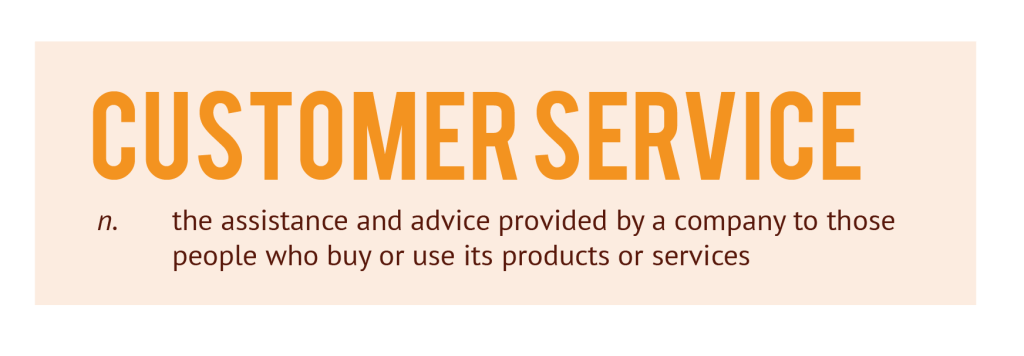Did you know that market research is one of the best ways to grow your business and save money? We’re not just talking about big business here, either. In the democratizing age of the internet, the massive benefits of carrying out market research are available to everyone.
But you may not know how accessible market research can be for your company. In order for you to see this and to understand the importance of market research, we first have to explode some of its biggest myths.
Myth – market research is only for big corporations.
The idea that market research isn’t accessible to small businesses or start-up companies simply isn’t true. What is true is that your business has a much better chance of success if you realize the importance of market research to growth and productivity.
Myth – market research is expensive.
This doesn’t have to be the case. The internet offers a number of free ways to carry out the kind of research that will help you to grow your customer base and keep you ahead of your competition. Not forgetting that good market research will save you money by helping you avoid investment in products that aren’t viable.
Myth – market research is time consuming.
It only takes as much time as you want to give it and the results are invaluable. Also, it’s a better option than losing time selling a product or service that your customers won’t buy.
Myth – you don’t know how to do market research.
Well, chances are, you already do it. Every time you have a conversation with a customer or a supplier about a product or service you’re carrying out a form of market research. All you have to do now is broaden your horizons.
So now we’ve debunked the myths that were holding you back, let’s look at how the internet can be used as a fast, research tool to help you build your business. Enter a relevant keyword into your search engine of choice. It’s that simple. The results will give you an immediate idea of how much interest there is in this product, as well as vital information about competition and pricing. Is what you see encouraging? Then it’s time to move on to the most important online market research tool – the survey.
What’s Your Goal?
When it comes to online surveys the first thing you need to ask yourself is what do you want to find out? Do you want to find ways to improve your product or do you want to improve your understanding of your customer base? If you want to know more about your product and how to improve it (and its perception), you should ask questions like “How do you view product X compared to competitors” or “Do you think our product is good at its intended task”. If you want to better understand your customer, you should ask questions that get at how they best benefit from your product like “what do you most commonly use our product for” or how they consume media (or which media they consume) such as “which of these magazines do you frequently read” or “which relevant websites do you regularly visit”. In answering this question you’ll then be able to make decisions about who you want to survey, what questions you need to ask, and what you want to do with the answers.
Creating a Survey
Now you need to develop your questionnaire. There are a few easy tips to help you get this right.
- Keep it simple and keep it short – avoid survey fatigue and make sure it takes no longer than 5-7 minutes to compete the survey
- Quantitative or Qualitative – If you are surveying a lot of people, most of your questions should be quantitative so that you can more easily work with this data.
- Avoid leading questions – While these questions may give you more flattering results they aren’t going to give you a useful understanding of your customer or your product’s perception.
- Give people context – make sure to give an introduction to the survey and explanations in questions where necessary.
- Make sure there is an option for “don’t know” or “not applicable” (same with “none” and “other”, where appropriate) – you don’t want data from users where it’s not appropriate.
Who Are You Sending it to?
Next you need to decide who to survey. If you already know your customer base, then target this market. Or to focus on the demographic that is most suitable to you, ask screening questions that direct the right kind of customers to your survey. Basic demographic and screening questions include:
- Age
- Gender
- Employer type
- Education
Product usage
On the other hand, if you want to attempt to discover new customers and new target markets, then a random survey might be helpful.
Doing the Analysis
Finally it’s time to do the science. To find your statistically significant sample size you can use a free online calculator. This can become more complicated if you want to look at cross samples for specific demographics. If you’re already confused, it’s time to get help…
An affordable way to deal with the science of market research is to find a college student majoring in statistics. For students, calculating your survey base and analyzing results is great practice. And if you don’t understand why statisticians say “averages lie”, or your head hurts when you hear the words “distribution”, “variance” and “correlation”, then why not hand over to someone who’ll enjoy the math.
So we know market research is simple, cost-effective and vital for all small businesses. And you’ve already got the tools. Now it’s time to get out there and start researching how to give your business a better understanding of your customers and your product’s perception.
If you are looking for more help on doing your own market research, you might want to follow these blogs:
- Green Book Blog
- W5 Blog
- Research Rockstar
- AYTM Market Research Blog (I know, I might be a little biased but I think we have good info)






